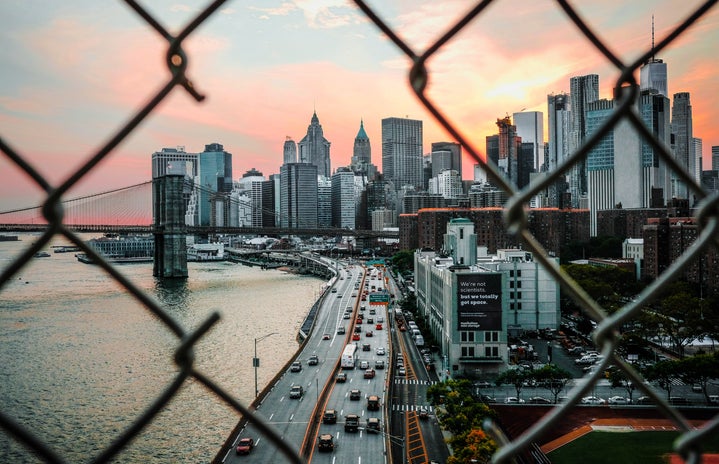On Sept. 23, 2019, Greta Thunberg stunned the world with her powerful and heartbreaking speech at the United Nation’s New York City assembly. While some people are only now waking up to the impacts of climate change, significant action must be done in order to combat this global crisis. So, what are the facts? Well, in 2018, the latest annual average anomaly was .8 degrees Celsius, or 33.44 degrees Fahrenheit, according to climate.nasa.gov. That means that between the years 2017 and 2018, the earth’s temperature rose by 33.44 degrees Fahrenheit. The significance of the environment is predicted to include more droughts and heatwaves, stronger and more intense hurricanes, sea levels rising between 1-4 feet by 2100, and continuously rising temperatures. Other impacts include decreased air quality, marine ecosystems collapsing, forests are becoming more prone to forest infestations, and various other significant changes to the environment that may not affect us now but will in the future. Now, it may seem like lawmakers and politicians have all the power when it comes to taking action against climate change. Unfortunately, they do. Government officials control where money for their respected countries go, and some choose not to put it into climate change relief efforts. Countries who deny climate change exists includes the United States and Australia. On Sept. 20, thousands of people across the United States participated in the climate strike. Assemblers peacefully protested outside of their state legislatures office in order to bring awareness to the environmental crisis that is and has been occurring for decades. Petitioning the government and peacefully protesting is in our First Amendment right, and not only does activating allow us as citizens to use our political voice, but it also makes lawmakers aware of your concerns. Another, and one of the simplest ways of slowing the rate of climate change, is to use LED bulbs. On average LED lights consume 80 percent less energy than incandescent lightbulbs. They are not overly expensive either, most packs sell for about $20 on Amazon and Walmart.com. The biggest way, and the most reiterated way, of helping the environment is recycling. Did you know that a single recycled water bottle saves enough energy to operate a 100-watt light bulb for four hours? Over 11 million of recyclable items make it into landfills each year. To put that number into perspective, more recyclable items go into landfills than the entire population of Sweden. By recycling plastics, clothes, and other items, we are conserving the Earth’s natural resources and limiting carbon emissions.
We all have a part to play in helping the earth cool down. If we simply continue to ignore or deny a problem that is clearly there, we will be looking at an entirely different Earth in as short as twenty years. We need to use our voices and be unafraid to talk about what is going on in our environment. If we are too afraid to take action in protecting and saving our Earth, then it will be our inaction that creates a destructive future.



